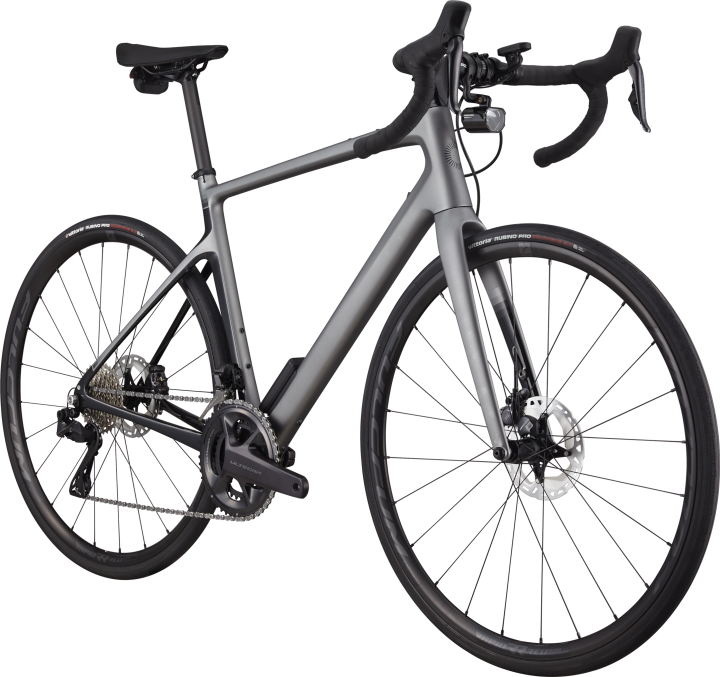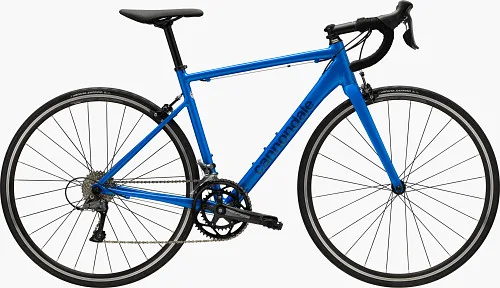
When it comes to road cycling, there are various types of bikes designed for different purposes. Two popular categories are race bikes and endurance bikes. While both are designed for road cycling, they have distinct characteristics that cater to particular riding styles and preferences. In this article, “Race Bike vs Endurance Bike”, we delve into the technical and detailed variations, providing insights that will be valuable to both expert cyclists and beginners.
Race Bike vs Endurance Bike – Frame Geometry:
Race Bike: Race bikes are known for their aggressive and aerodynamic frame geometry. They feature a longer top tube, shorter head tube, and steeper angles, which position the rider in a more assertive and forward-leaning posture. This structure maximises power transfer and streamlined efficiency, making race bikes ideal for high-speed racing and sprinting.
Endurance Bike: On the other hand, endurance bikes prioritise comfort and stability over pure speed. They feature a more relaxed frame geometry with a shorter top tube, taller head tube, and slacker angles. This results in a more upright riding position, reducing strain on the back and neck. The relaxed frame shape also enhances stability, making endurance bikes suitable for long-distance rides and rough road conditions.
Race Bike vs Endurance Bike – Frame Material:
Race Bike: Traditionally, race bikes are made from lightweight materials like carbon fibre or high-end aluminium alloys. These materials offer excellent stiffness-to-weight ratios, allowing for the greatest driving force, responsiveness and, of course, speed. Carbon fibre frames, in particular, provide superior vibration damping properties, improving comfort during intense rides.
Endurance Bike: Endurance bikes often focus on comfort over weight savings. As a result, they may incorporate materials like carbon fibre, aluminium, or steel, depending on the desired balance between comfort and performance. Steel frames, for example, are known for their excellent vibration absorption, making them popular among endurance cyclists seeking a smooth and comfortable ride.
Race Bike vs Endurance Bike – Components and Gearing:
Race Bike: Race bikes are typically equipped with high-performance components designed for speed and efficiency. They feature lightweight and aerodynamic components, such as deep-section carbon wheels, narrow tyres, and powerful gearing ratios. These components mean the highest power transfer and minimisation of drag, allowing riders to achieve high speeds and accelerate quickly. Race bikes, because of the necessity to perform in controlled competitions, are “highly strung” and not very versatile.
Endurance Bike: Endurance bikes give precedence to versatility and recreation which is reflected in their component choices. They often feature wider tyres for improved traction and comfort on rough roads. The gearing ratios are also more forgiving, with a wider range of gears to accommodate varying terrains and gradients. This allows riders to maintain a comfortable pace over long distances without sacrificing performance.

Suspension and Damping:
Race Bike: Race bikes typically do not incorporate suspension systems, as maximum power transfer and responsiveness are more important than how it feels to hit a little bump or hole in the road. However, some high-end race bikes may feature integrated damping technologies in the frame or fork to improve comfort and control over rough surfaces.
Endurance Bike: Most endurance bikes are highlighted by their riding enjoyment, especially when on uneven or rough roads. To enhance comfort, some endurance bikes may incorporate suspension systems, such as front fork suspension or seat-post suspension. These systems absorb vibrations and impacts, reducing fatigue and improving overall ride quality.
Pricing
The price of both types of bike is more closely related to the specifications – frame material, component quality and additional features – than to whether it is categorised as a race or endurance bike. Both styles offer a range from entry-level to high-end models.
For both race and endurance bikes, high-end models tend to be similarly priced, with costs increasing for advanced materials (like carbon fibre), top-tier components, and proprietary technology aimed at improving performance or comfort. When comparing bikes at similar price points, you’ll find that the choice between a race and an endurance bike often comes down to personal preference, riding style and intended use rather than cost.
Conclusion:
In summary, racing bikes and endurance bikes are designed with distinct purposes in mind. Race bikes accentuate speed, aerodynamics and aggressive riding positions, making them ideal for competitive racing and high-speed sprints. On the other hand, endurance bikes concentrate on comfort, stability and versatility, making them suitable for long-distance rides and rougher road conditions. Understanding the differences between these two types of bikes will help cyclists choose the right bike that aligns with their riding style and preferences.
Whether you’re a competitive cyclist looking to optimise your performance or a cyclist purely seeking a more relaxed and enjoyable ride, we hope that this race bike vs endurance bike explanation will guide you in making an informed decision when choosing your next kind of road bike.
Our pick of Endurance Bikes:
A selection of Race Bikes:
Click through to our shop for hundreds more: Road Bikes